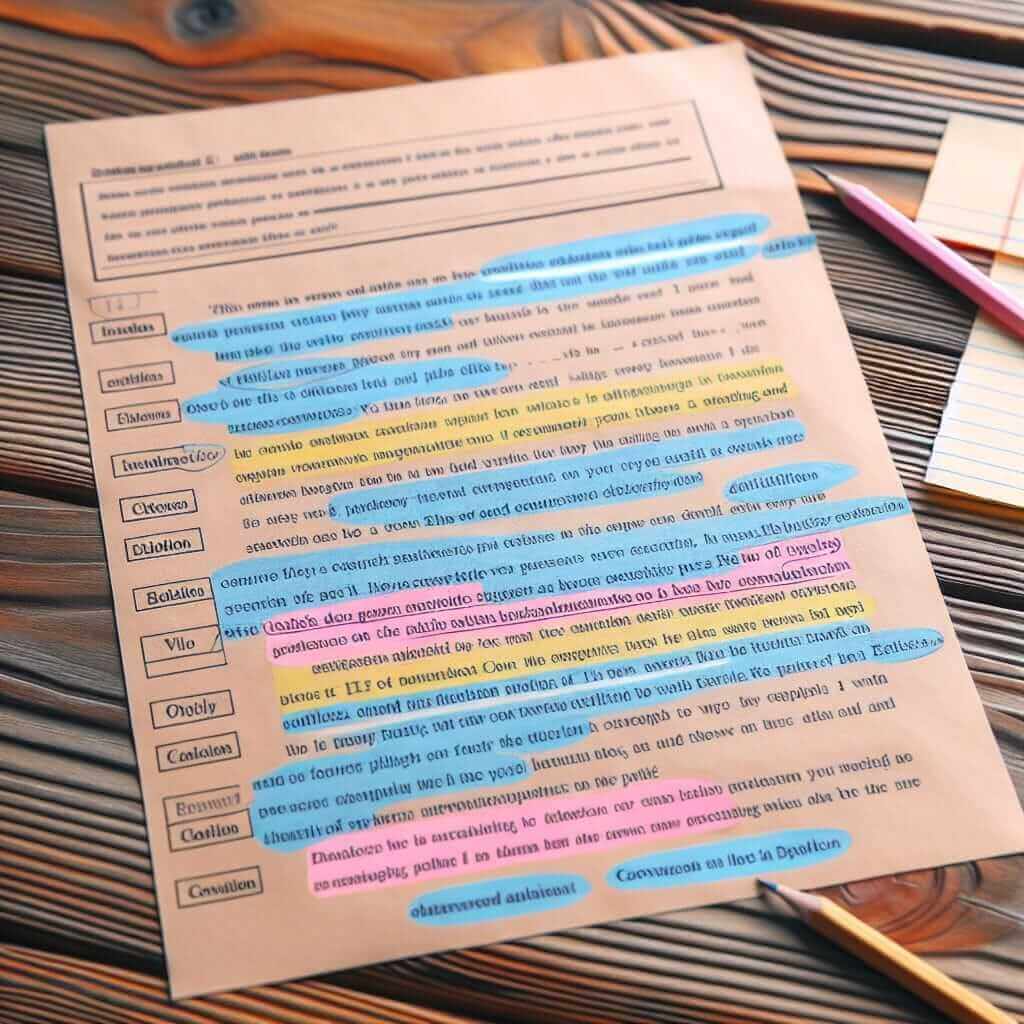As an IELTS instructor with over two decades of experience, I’ve witnessed firsthand the struggles students face in the reading section. One common challenge is grasping the subtle nuances of language that indicate how conversations flow. This skill is not just about understanding individual words, but also about interpreting the speaker’s intention and the overall direction of the conversation. Mastering this skill is crucial for achieving a high score in the IELTS reading section, particularly in question types like “matching headings” or “identifying information”.
Understanding the Significance of Conversational Flow in IELTS Reading
The IELTS reading test assesses your ability to comprehend complex texts and extract relevant information efficiently. Recognizing how conversations flow within a passage provides crucial context. It helps you:
- Identify key arguments and supporting details: Understanding the flow helps you distinguish between main points and supporting evidence, crucial for questions asking for the writer’s views or claims.
- Predict upcoming information: By recognizing cues and transitions, you can anticipate the direction of the conversation and locate information quicker.
- Determine the speaker’s attitude and purpose: Understanding the tone and flow allows you to accurately infer the speaker’s opinions, feelings, or intentions.
Strategies for Decoding Conversational Flow in IELTS Reading
1. Pay Attention to Transition Words and Phrases
Transition words are your roadmap to understanding the flow. They signal shifts in ideas, introduce examples, or highlight contrasting viewpoints.
- Exemplifying: For instance, such as, for example, to illustrate
- Contrasting: However, on the other hand, conversely, nevertheless
- Adding Information: Moreover, furthermore, in addition, similarly
- Cause and Effect: Consequently, therefore, as a result, thus
2. Recognize Different Types of Discourse Markers
Discourse markers are words or phrases that guide the listener or reader through the conversation. They can indicate:
- Agreement/Disagreement: Absolutely, exactly, I disagree, that’s not quite right
- Clarification: In other words, to put it simply, what I mean is
- Emphasis: Indeed, without a doubt, it is essential to note that
- Topic Shifts: Now, moving on to, let’s turn our attention to
3. Analyze Sentence Structure and Punctuation
The way sentences are structured and punctuated can provide clues about the flow.
- Short, direct sentences: Often used to emphasize a point or introduce a new idea.
- Complex sentences with multiple clauses: Indicate a more detailed explanation or a build-up to a key point.
- Colons and semicolons: Used to connect closely related ideas and guide the reader’s understanding.

Example from IELTS Reading Practice
Text: “Some argue that technology isolates individuals. However, studies have shown that social media platforms can actually combat loneliness by connecting people with shared interests.”
Analysis: The word “however” signals a contrasting viewpoint. It suggests the following sentence will challenge the previous statement. Understanding this transition helps you grasp the central argument of the passage.
Tips for Improving Your Understanding of Conversational Flow
- Practice Active Reading: Don’t just skim the text. Engage with it by underlining key transitions, circling discourse markers, and summarizing paragraphs in your own words.
- Listen to English Conversations: Pay attention to how native speakers use transition words, discourse markers, and intonation to guide the flow of their speech.
- Analyze Sample Reading Passages: Review IELTS practice tests and identify how different techniques are used to manage the flow of information.
Conclusion
Mastering the art of understanding conversational flow is not an overnight task. It requires consistent practice and a keen eye for detail. However, by paying attention to the subtle cues within the text, you can significantly enhance your comprehension and boost your overall IELTS reading score.